Breed-related disease: Doberman
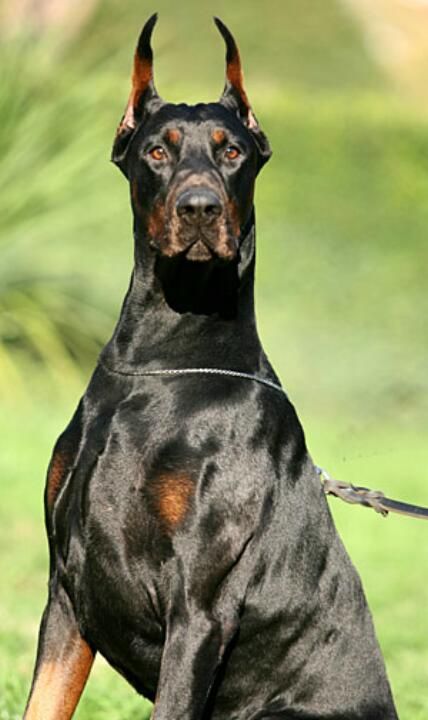
Doberman Pinschers originated in Germany during the late 19th century, mostly bred as guard dogs. Their exact ancestry is unknown, but they’re believed to be a mixture of many dog breeds, including the Rottweiler, Black and Tan Terrier, and German Pinscher. Dobermans are compactly-built dogs—muscular, fast, and powerful—standing between 24 to 28 inches at the […]
Breed-related disease: Egyptian Mau
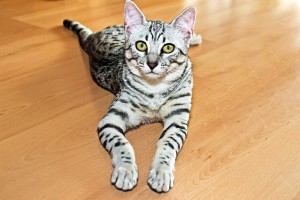
The Egyptian Mau is an African wild cat that is thought to be the cat originally domesticated by the Egyptians over 4,000 years ago. Cats depicted in ancient Egyptian artwork resemble the spotted Egyptian Mau and show that they were used for duck hunting as well as being worshipped by a cat cult. Feline genome […]
Breed-related disease: Chow Chow
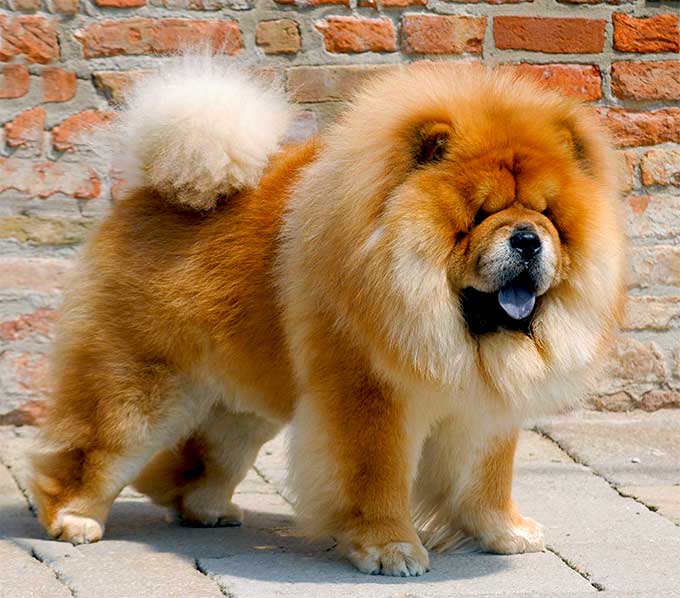
The Chow Chow, among the world’s most singular and possibly oldest breeds, is depicted in artifacts of China’s Han Dynasty (c. 206 b.c.), but evidence suggests Chows go back much further and are progenitors of other spitz-type breeds—from the burly Norwegian Elkhound to the dainty Pomeranian. Chows have played many roles during their long history. […]
Breed-related disease: The Chartreux
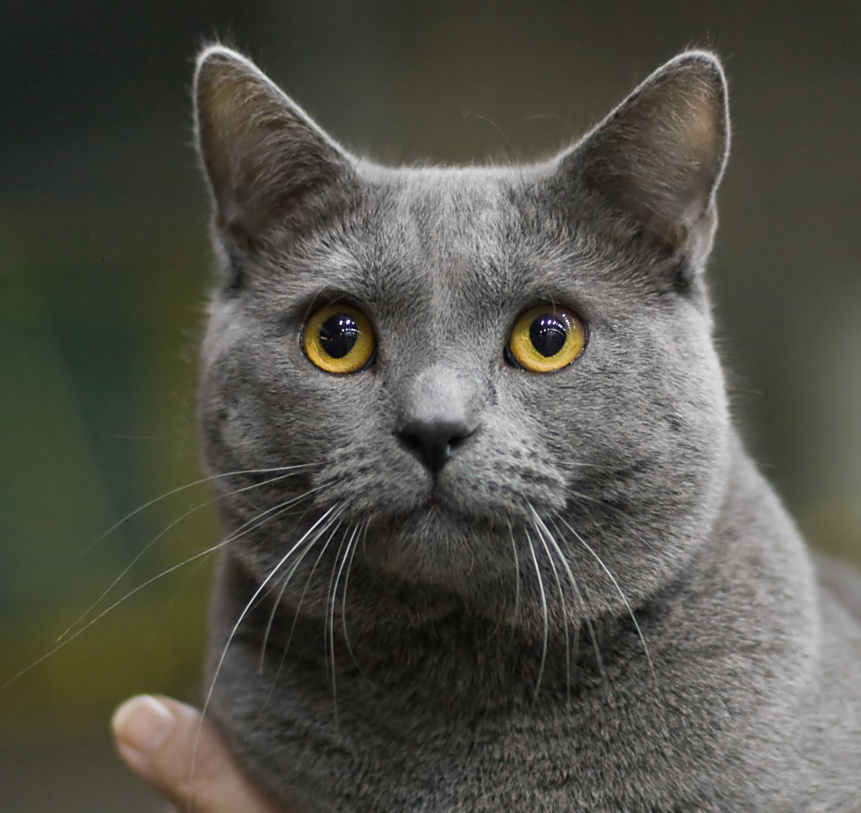
John K. Rosembert The Chartreux is a French breed and is said to date to the 18th century and perhaps earlier. One of the tales of his origin is that the cats were bred by Carthusian monks. No doubt they helped to keep the monasteries free of mice and rats. Unfortunately for them, people […]
Breed-related disease: The Rottweiler

John K. Rosembert The Rottweiler is a breed of domestic dog regarded as medium-to-large, or large. The dogs were known in German as Rottweiler Metzgerhund, meaning Rottweil butchers’ dogs, because they are descends from dogs used by the Romans to drive the herds that fed the army as it marched through Europe. Along the way, […]
Breed-related disease: American Bobtail
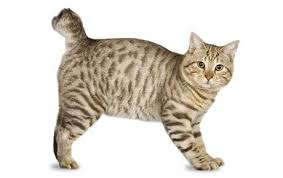
John K. Rosembert The American Bobtail is an uncommon breed of domestic cat which was developed in the late 1960s, which descends from a short-tailed kitten acquired by a couple John and Brenda Sanders during a vacation to Arizona. It is a medium to large, semi-cobby cat. Their sturdy bone structure and well-developed musculature, along […]
Breed-related disease: Dachshund
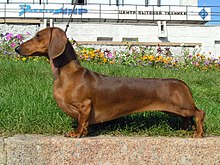
The dachshund originated in Germany as a hunting dog. Though its origins can be traced as far back as the 15th century, the breed’s development really began in 17th century Germany. Called dachshunds, which translates as “badger dogs,” these short hounds did just that—they hunted badgers. Their short legs, loose skin, big chests, determination, and […]
Breed-related disease: Ragdolls
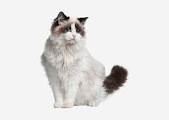
In the family of cat breeds, Ragdolls are among the younger siblings. The cats were first developed by breeder Ann Baker who wanted to develop a beautiful cat with a loving, gentle personality, and she started with domestic longhairs of unknown ancestry. Josephine, the foundation cat, was white with Siamese-type markings, and in her genes […]
Breed-related disease: Poodle
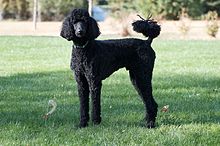
Poodles are believed to have originated in Germany, though they have been known as French dogs for many years. Their name is derived from the German word pudel, meaning “to splash in water.” Standard poodles are considered the oldest form of this breed. Their history of use as retrievers and water dogs led to the […]
Breed-related disease: Sphynx cat
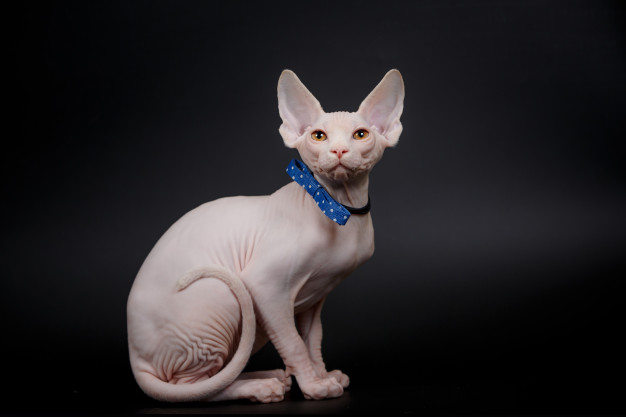
The Sphynx cat is a breed of cat known for its lack of coat (fur). Hairlessness in cats is a naturally occurring genetic mutation; however, the Sphynx cat, as a breed, was developed through selective breeding. The Sphynx first appeared as a natural mutation in Canada in 1966. The first hairless male, Prune, was mated […]



